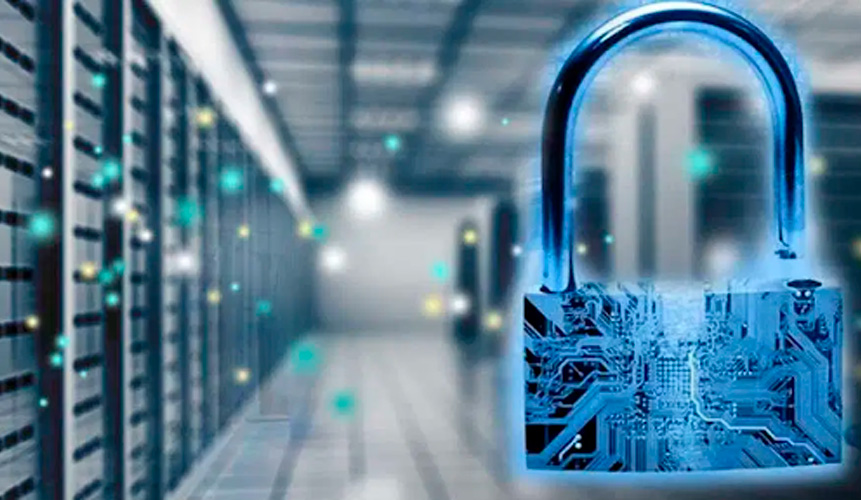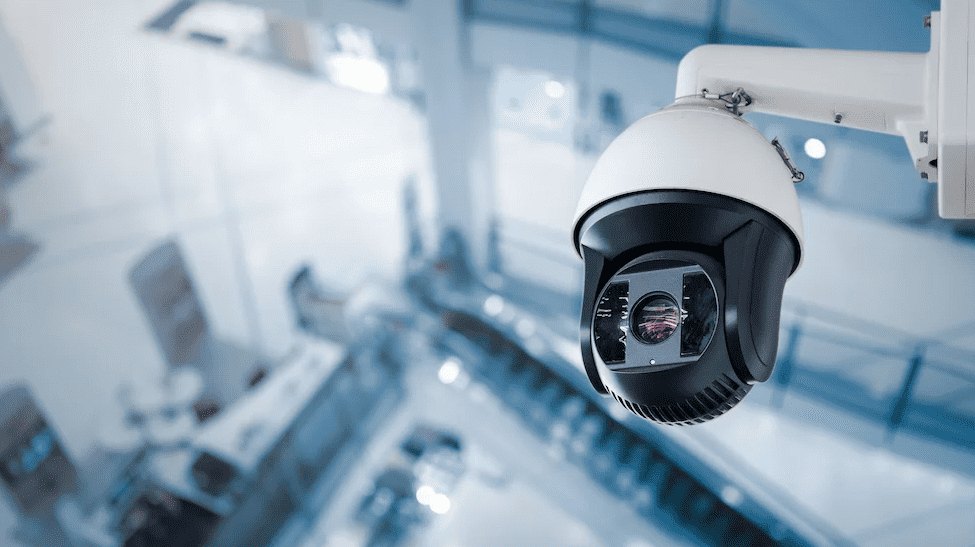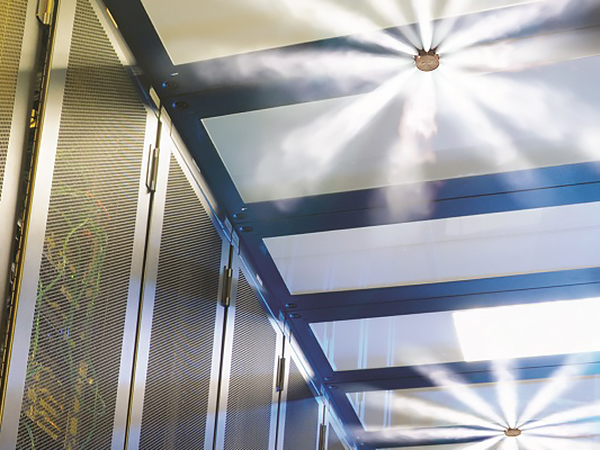Comprehensive Physical Security Strategies to Shield Critical Infrastructure
Critical infrastructure is the backbone of our society: power plants, communication networks, transportation systems, and water treatment facilities.
Their disruption or damage not only causes massive economic losses but can also have a devastating impact on people’s lives.
In an increasingly interconnected and threatened world, the physical security of these assets is not an option but an urgent necessity.
But how do you protect something so vital? The answer lies in a physical security strategy that is holistic and multi-layered.
A Holistic Approach: Beyond Isolated Measures
Far from being a set of isolated measures, effective physical security for critical infrastructure is an interconnected ecosystem of technologies, processes, and personnel.
Its goal is to create a resilient environment that deters, detects, delays, and responds to any threat, whether intentional or accidental. It is the sum of its parts that creates an impenetrable shield.
Key Components of a Physical Security Strategy
1. Robust Access Control
- What it is: Strict regulation of who can enter and exit specific areas.
- How it works: From proximity cards and PIN codes to biometric readers (fingerprints, facial recognition) and multi-factor authentication systems. It includes security mantraps and turnstiles to control flow.
- Importance: It prevents unauthorized individuals with malicious intent from entering and ensures that only authorized personnel access sensitive areas, minimizing internal and external risks.
2. Intelligent Video Surveillance Systems (CCTV)
- What it is: A network of strategically placed cameras that continuously monitor the environment.
- How it works: High-resolution cameras with night vision, thermal capabilities, and, crucially, advanced video analytics (unusual motion detection, license plate recognition, object and person tracking).
- Importance: It offers visual deterrence, real-time monitoring, event recording for forensic analysis, and early warning of possible threats or unusual behavior.
3. Advanced Fire Detection and Suppression
- What it is: Systems designed to detect and extinguish fires quickly — a physical threat often underestimated.
- How it works: Smoke, heat, and flame detectors combined with sprinkler systems, clean agents (such as inert gas or condensed aerosols) that do not damage electronic equipment, and specialized fire suppression systems.
- Importance: Fires can be as destructive as a malicious attack. Protecting infrastructure from this risk is essential for operational continuity and the safety of assets and people.
4. Intrusion Detection Systems (IDS)
- What it is: Sensors and technologies designed to detect unauthorized access at perimeters and entry points before it becomes a security breach.
- How it works: Fence sensors, passive and active infrared detectors, glass break sensors, magnetic contacts on doors and windows, and ground radar. These systems trigger alarms and can be integrated with CCTV.
- Importance: They act as an early detection layer, alerting security personnel before a threat reaches critical assets, providing valuable response time.
5. Robust Physical Perimeter Security
- What it is: Physical barriers that define and protect the outer boundary of the facility.
- How it works: Sturdy walls, tall security fences with razor wire or spikes, reinforced gates, proper perimeter lighting (including strobe lights and light sensors), and landscaping designed to eliminate blind spots or hiding places.
- Importance: It delays intruders, giving detection systems and security personnel more time to respond effectively.
6. Trained Security Personnel
- What it is: The essential human component in any physical security strategy, acting as the final layer of protection and the coordination hub.
- How it works: Security guards trained in incident response protocols, system monitoring, regular patrols, access verification, and first aid skills.
- Importance: No technological system is infallible. Security personnel provide the flexibility, judgment, responsiveness, and human interaction that machines cannot match.
The Key: Integration and Centralized Management
The real strength of these strategies lies in their integration.
A unified security management system (PSIM – Physical Security Information Management) allows all components (access control, CCTV, IDS, fire detection, etc.) to communicate seamlessly with each other.
This provides a comprehensive situational overview, speeds up incident response, reduces false alarms, and optimizes real-time decision-making.
Ongoing training and regular drills are also vital to ensure protocols are effective and personnel are always prepared.
Investing in a comprehensive physical security strategy is not just a cost; it is an essential investment in the resilience and continuity of the services that support our society and quality of life.



